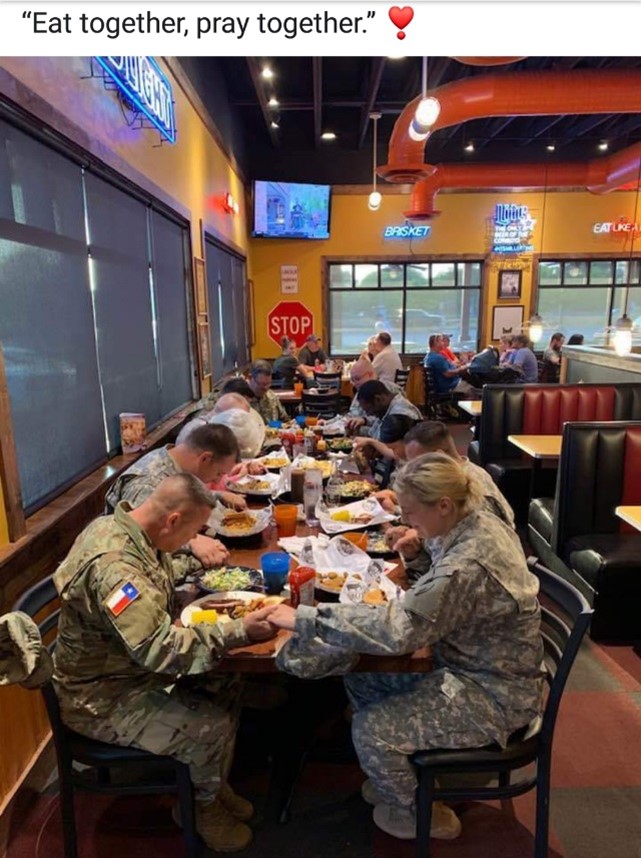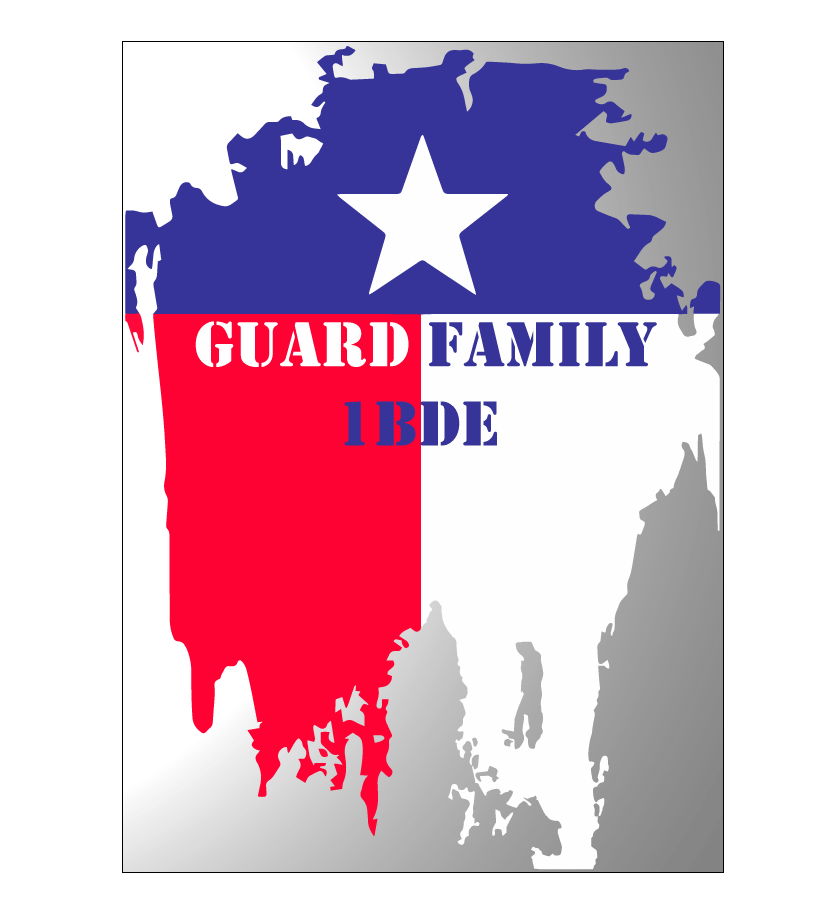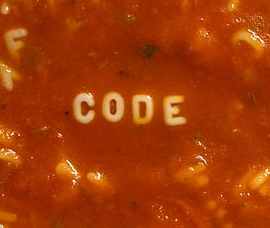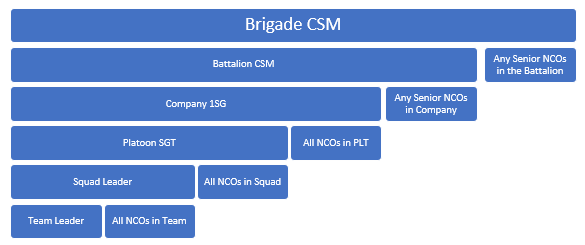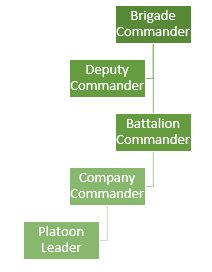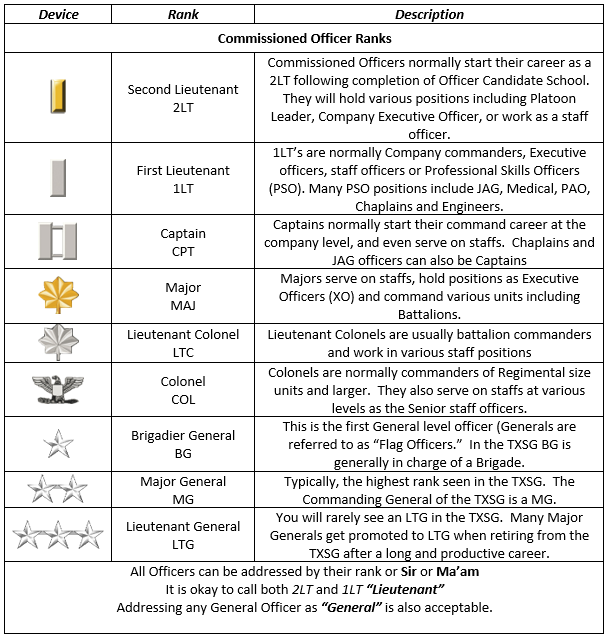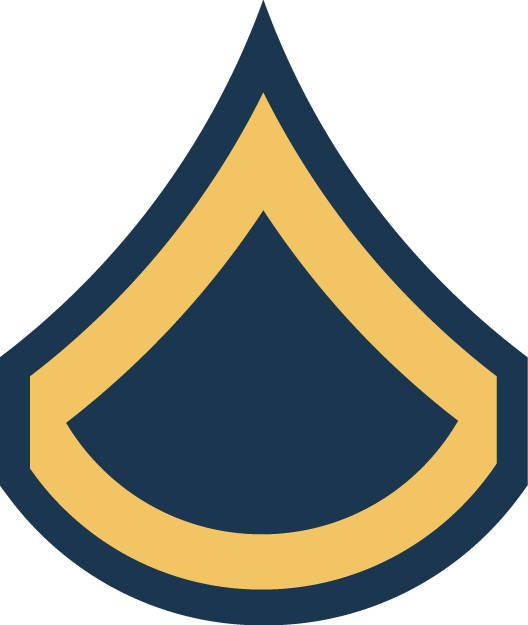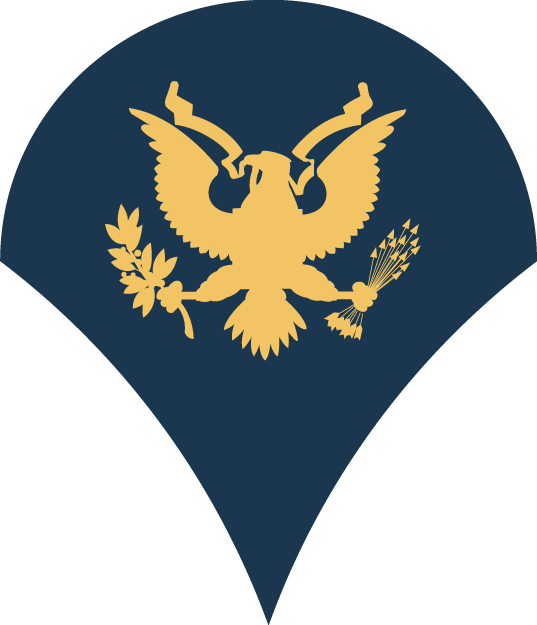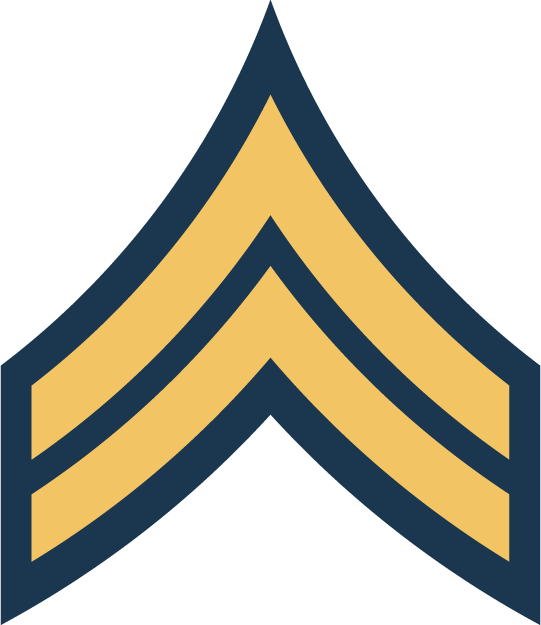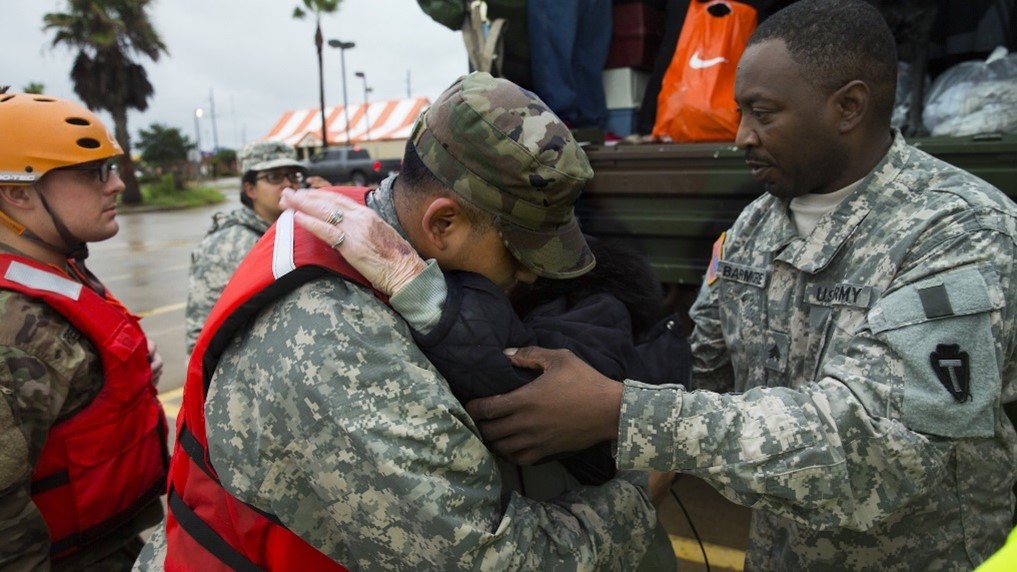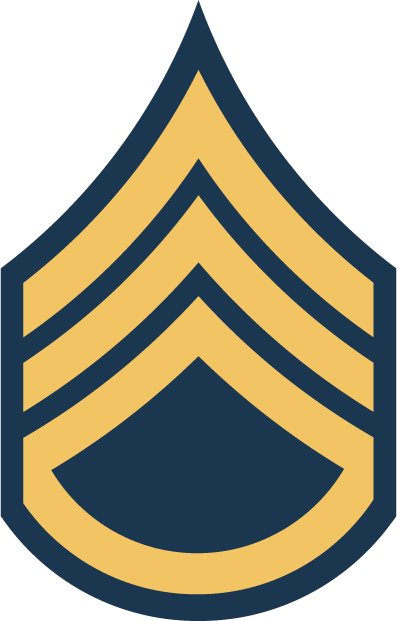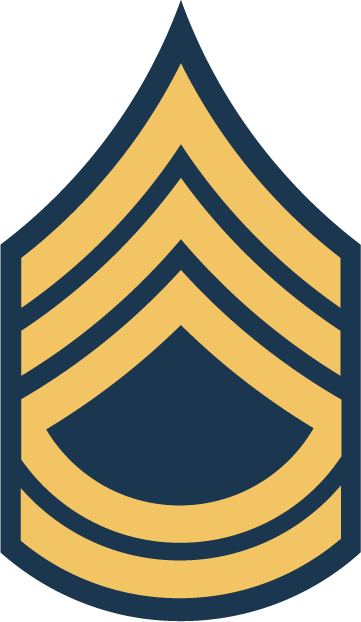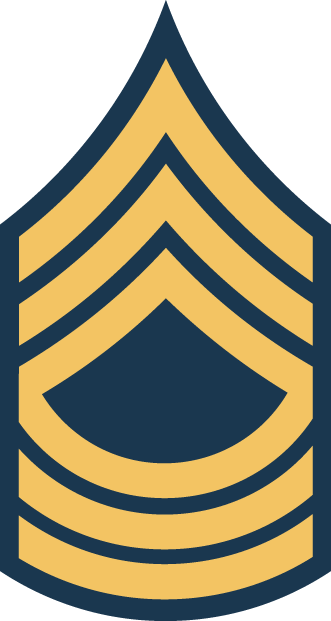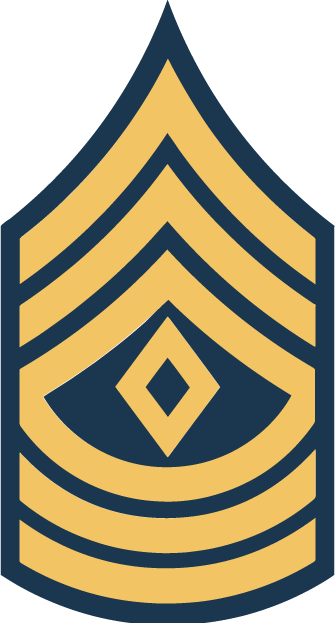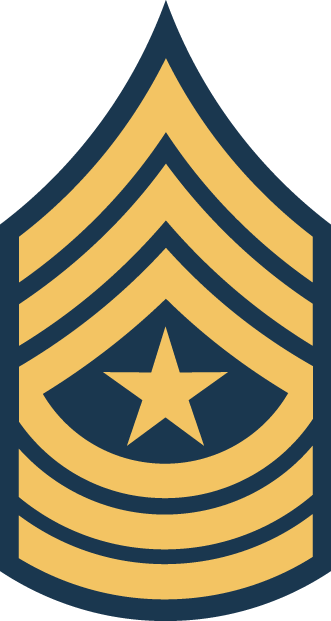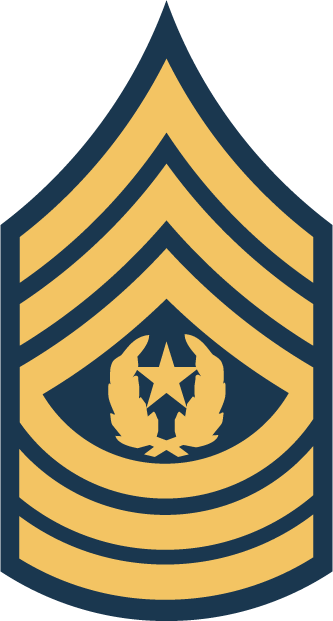Traditions, Protocols, and Etiquette
The military in steeped in traditions, protocols and formal etiquette that dates back centuries. These range from simple salutes rendered to officers, to formal black-tie events. While we cannot cover all of these, we will touch on some of those that are often overlooked or forgotten. This section is meant to be a quick reference.
Formations
During formations, it is important to make sure children, pets, and other distractions are kept out of the formation. There may be many occasions when a family member attends an event where a formation is taking place.
Promotions and Awards
Promotions and awards are done in a formal formation type of environment. The commander of the unit will form the unit and call the individual(s) to the front who are receiving either an award or promotion.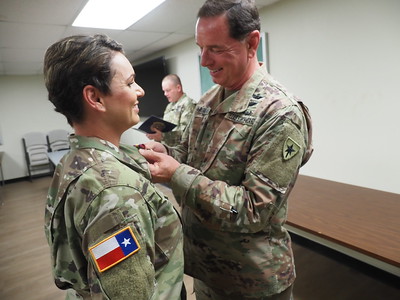
Awards
During awards it is customary for the family to be present, but not involved with the pinning of the award unless the commander approves it in advance.
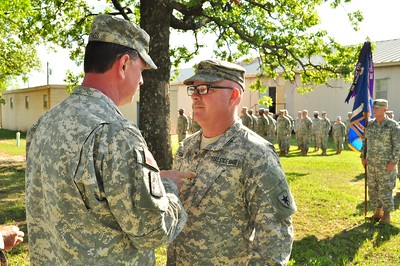
Promotions
During promotions, the soldier may request that the commander allow a family member to pin the new rank.
The Brigade Commander highly encourges all soldiers to invite family to promotion and award events. It may be the highlight of the soldier's career to have a specific family member pin on their rank.
Change of Command / Responsibility Events
The Change of Command Ceremony is one of the most common events and is rooted in military history dating back to the 18th Century. At that time, organizational flags were developed with color arrangements and symbols unique to each unit.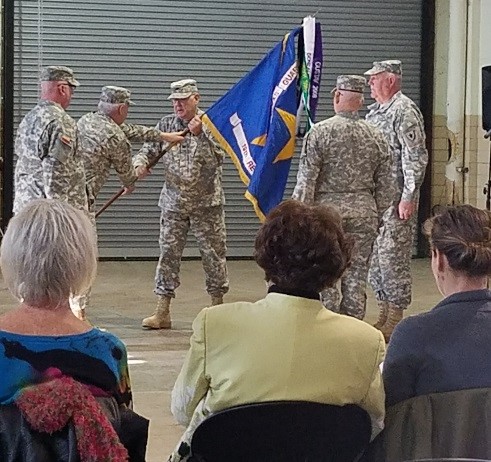
Today the Change of Command Ceremony uses the unit colors (Guidon/Brigade Colors) during this ceremony. The outgoing commander passes the unit colors to Commander of the the higher command. That commander will then pass the unit colors to the incoming commander. (old Company Commander to Battalion Commander then to new Company Commander).This signifies the passing of command back to the Senior Commander/General who then passes command to the new commander.
A Change of Responsibility event is conducted the same, however it is done for the Senior Enlisted Advisor (SEA) of the unit. The outgoing SEA hands the unit colors to the SEA of the higher command, who then passes it to the incoming SEA. This signifies passing responsibility for all the enlisted members of the unit to the new SEA.
During these events, the spouses of the outgoing and incoming Commander or SEA are included and are usually presented flowers which signifies the acceptance of the new CO/SEA spouse’s support, and gratitude for the outgoing CO/SEA spouse’s support to the unit.
Family Day or Organizational Day
Family day and Organizational day events are generally more informal events for all the family members to attend. While the dress code is much more relaxed, it is important to know that special guests, Commanding General’s, and others from outside the unit may be in attendance. Behavior and standards should be observed as though this was a more formal event.
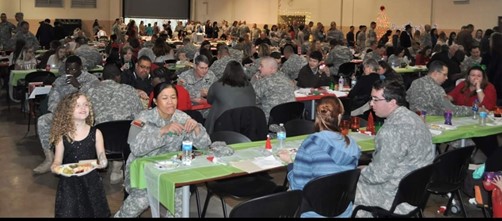
Formal Events
Formal Events will generally have a receiving line as you enter the event.
The formal receiving line will include guest speakers, guests of honor and their spouses, and the Senior Commanding Officer and Senior Non-Commissioned Officer with their spouses. The first person in the line is typically an aide or an adjunct who will introduce you. It is not customary to shake the aide’s hand, but instead after being announced as "This is (Rank) and Miss or Mr. (Last Name)", shake the hands of the guest of honor you're introduced to and give a brief greeting like "Good evening, General." Or "It is an honor to meet you, General."
When passing through the receiving line, the lady typically goes first and is followed by her spouse who will then introduce her by saying, "This is my spouse Mrs. Smith and I'm Staff Sergeant Smith." The receiving line is typically short and lasts for about 30 minutes. Here are a couple of pro-tips that will keep you from offending others in the receiving line:
• Keep your hands free of drinks, food, or cigarettes, and do not chew gum.
• Silence your cell phone and try not to utilize the phone in a manner that would disrupt the event or others in attendance.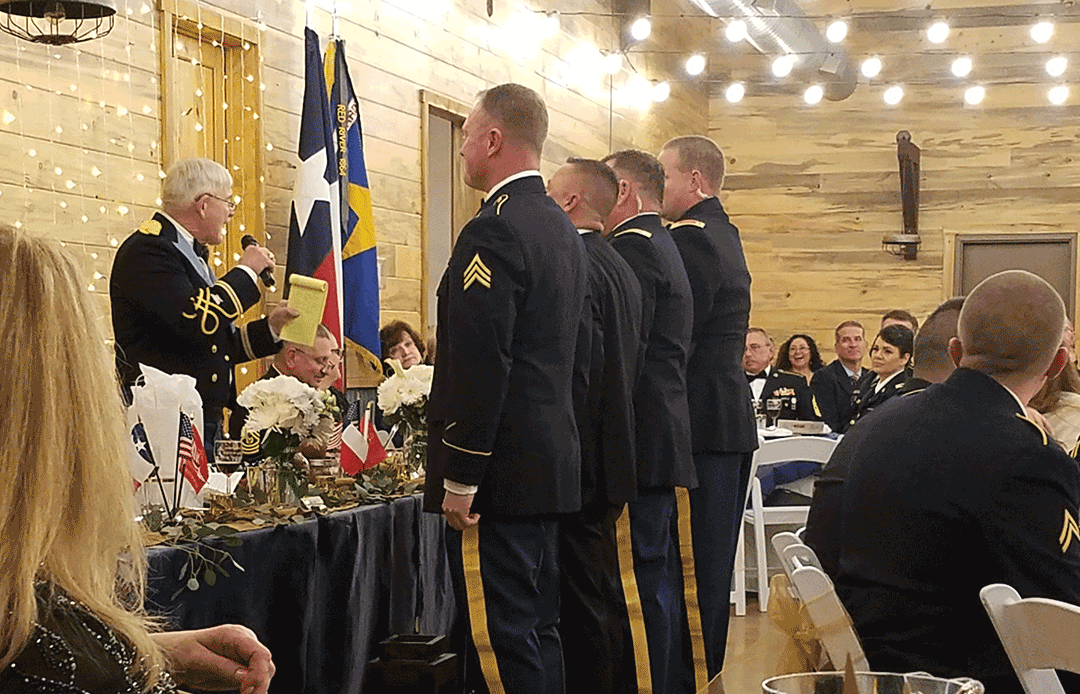
• If a lady is wearing gloves, her right hand should be uncovered to allow her to shake hands.
• Ensure that greetings are cordial and brief.
• If needed make a pit stop by the restroom as it may be a while before a break is taken during the event.
• After making it through the receiving line, go to assigned table.
Once everyone has made it to their tables, remain standing in preparation for the color guard to post the colors. Those in uniform will stand at attention and civilians will stand quietly. Some events will have a Master of Ceremonies that will announce the next event but as a good rule of thumb, keep the head table in the corner of your eye and follow their lead.
A program of the events will be at your place setting to provide more specifics. After the honors are rendered, an invocation is customary. Following the invocation, a series of toasts may begin. These are initiated by various individuals and may cover a wide range of topics. A toast does not have to be conducted with an alcoholic beverage, just a charged glass. Once the toasts conclude, typically dinner will be served, and you will have around an hour to eat and introduce yourself to those at your table.
If Alcohol is permitted at the event, it is important to keep these tips in mind.
• You should not pre-flight (drink alcohol before arriving at the event)
• You should drink in moderation. You and your soldier will be in the presence of the command as well as other soldiers, you should not have to worry about what you did last night because you drank too much.
Following dinner, the guest speaker will begin to give his/her speech. During this time, refrain from sidebar conversations at the table. After the speech is concluded, a cake may be ceremoniously cut using a military saber/sword wielded by the most senior (or honored) guest and/or the most junior military member. The cake may then be moved and be served individually to all the guests.
The last formal portion of the evening will be when the color guard retires the colors. Guests should render the same courtesies as the colors are retired.
Following the retirement of the colors, the tone of the event will become more relaxed; However, leave the crazy or dirty dance moves at home.
A “Dining-In” is traditionally a Soldiers only event which is designed to build esprit de corps and educate young unit members to formal social traditions. They are extremely ceremonial with the President of the Dining-In, typically the Commanding Officer, and a “Mr. Vice/Madam Vice,” the person responsible for the evening, usually selected for possessing wit and the ability to speak. There are many toasts with the appropriate responses printed. A “Dining-Out” is similar to a “Dining-In” but including spouses.
Formal events have strict dress codes that should ALWAYS be followed: Cocktail dresses should not be overly short.
Formal events are not a night out at the club, please be sure you dress in a manner that will not detract from the formal nature of the event or reflect negatively on your soldier.
RSVP and Invitations
An invitation is a notification of an upcoming event. Formal invitations may be typed, or handwritten. Today, invitations are widely extended using electronic invitation systems, by email, or even social media sources.
If the host or honoree of an event should extend an invitation to you, it is your social obligation to let the host/hostess know either in writing, via the telephone number, or email address provided if you plan to attend the event. Any invitation with an RSVP must be answered with a “yes” or “no”, and number in attendance. R.S.V.P. is the abbreviation for “répondez s'il vous plaît,” which translates “please reply.”
An answer should be given within 24 to 48 hours if possible. The attendee list is critical information for menu planning and food ordering, so intended guests should recognize the importance of responding in a timely manner.
